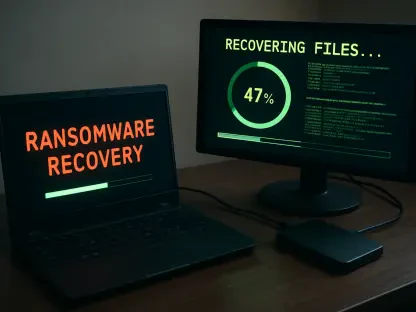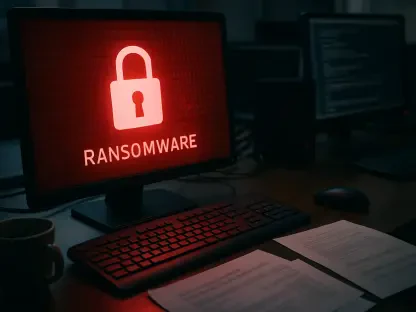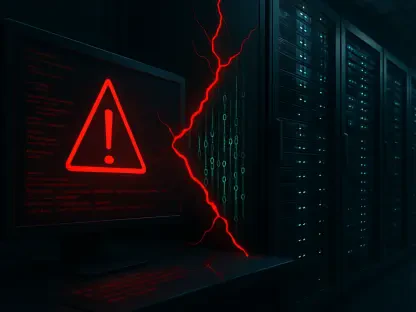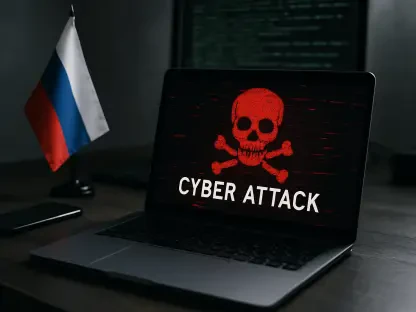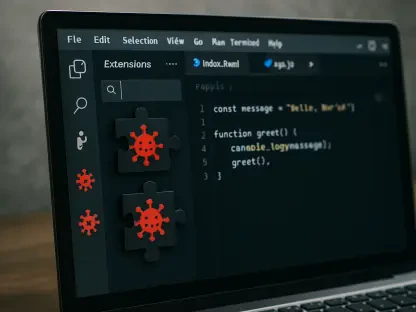Introduction
Imagine a scenario where a single malicious package, slipped into an open-source project, compromises an entire organization’s infrastructure, exposing sensitive data and disrupting operations, a growing reality as supply chain attacks surge in frequency, targeting developers through trusted ecosystems. The urgency to protect against such threats has never been more critical, especially in a landscape where sophisticated social engineering tactics exploit maintainer accounts of high-profile projects. This FAQ article dives into the innovative solution offered by Socket Firewall Free, a command-line tool designed to safeguard developers across multiple programming languages. Readers can expect clear answers to pressing questions about how this tool works, its limitations, and its role in combating supply chain vulnerabilities. The scope covers key functionalities, differences between free and paid versions, and broader implications for cybersecurity in open-source development.
The objective here is to provide actionable insights for developers and organizations looking to bolster their defenses. By addressing common queries, this piece aims to demystify the complexities of supply chain security. From understanding the operational mechanisms to exploring privacy considerations, the content offers a comprehensive guide to navigating this critical aspect of modern software development.
Key Questions or Topics
What Are Supply Chain Attacks and Why Are They a Growing Concern?
Supply chain attacks represent a stealthy form of cyberthreat where attackers target vulnerabilities in the software supply chain, often through open-source packages that developers rely on. These attacks have escalated in sophistication, with adversaries using advanced social engineering to compromise maintainer accounts of widely used projects like tinycolor and chalk. The significance of this issue lies in the widespread dependency on open-source ecosystems, making them a prime target for infiltrating larger systems. Industry reports highlight that over half of large organizations view supply chain challenges as the top barrier to effective cyberdefense, underscoring the scale of the problem.
The rise in such incidents demands immediate attention, as traditional security measures often fail to detect threats embedded in trusted dependencies. Real-time protection is no longer optional but essential, as delays in identifying malicious packages can lead to catastrophic breaches. Developers and organizations must recognize that the open-source landscape, while invaluable, requires robust safeguards to prevent exploitation at every stage of software integration.
How Does Socket Firewall Free Protect Against Malicious Packages?
Socket Firewall Free emerges as a pivotal tool in the fight against supply chain attacks by providing real-time scanning and blocking of malicious packages during installation. Unlike previous solutions limited to specific languages, this command-line tool supports multiple ecosystems, including JavaScript, Python, and Rust, integrating seamlessly with popular package managers like npm, pip, and cargo. By operating at the network layer through an ephemeral HTTP proxy, it intercepts calls to registries and scans both top-level and transitive dependencies before they are downloaded or installed.
To use the tool, developers simply prefix their installation commands with “sfw,” ensuring immediate protection against known threats. However, a notable limitation exists: the tool cannot detect malicious artifacts already cached locally, necessitating a cache clearance before use for optimal effectiveness. This focus on real-time defense addresses a critical gap in traditional security approaches, offering a practical shield for individual developers and small teams.
What Are the Differences Between the Free and Enterprise Versions?
Understanding the distinctions between Socket Firewall Free and its enterprise counterpart is crucial for users with varying security needs. The free version blocks only confirmed malicious packages, issuing warnings for those flagged by AI scans but not yet verified by human review to minimize false positives. This cautious approach ensures accessibility for individual developers without overwhelming them with unnecessary alerts or interruptions.
In contrast, the enterprise version provides greater flexibility with configurable blocking options, support for custom registries, and coverage for additional language ecosystems. Features like allow lists and the ability to block unscanned or unknown packages cater to organizations requiring stringent controls. This tiered structure allows users to select a version that aligns with their specific requirements, balancing cost and security demands effectively.
Are There Privacy or Licensing Concerns with Socket Firewall Free?
Privacy and licensing considerations play a significant role in the adoption of any security tool, and Socket Firewall Free addresses these transparently. Operating under the PolyForm Shield License 1.0.0, the tool collects anonymous telemetry data, such as unique machine identifiers and details on blocked packages, while explicitly excluding local file system information. This data collection aims to improve functionality and threat detection without compromising user confidentiality.
For those concerned about telemetry, transparency remains a priority, with clear communication about what information is gathered. The enterprise version further mitigates concerns by offering configurable data collection settings, allowing organizations to tailor privacy controls. This balance between operational needs and user trust reflects a thoughtful approach to fostering confidence among developers in diverse environments.
Summary or Recap
Socket Firewall Free stands as a vital response to the escalating threat of supply chain attacks within open-source ecosystems. Key insights include the tool’s ability to protect across multiple programming languages by intercepting malicious packages at the network level during installation. The distinction between the free version’s focus on confirmed threats and the enterprise version’s advanced configurability highlights options for varied user needs. Additionally, transparent handling of privacy and licensing concerns ensures users remain informed about telemetry practices.
The main takeaway is that supply chain security demands proactive, real-time solutions to counter sophisticated attack vectors targeting maintainers and dependencies. This tool represents a significant advancement, despite limitations like its inability to detect cached threats. For those seeking deeper exploration, consulting industry reports on cybersecurity trends or exploring documentation on package manager integrations can provide further context and technical details.
Conclusion or Final Thoughts
Looking back, the discussion illuminated how Socket Firewall Free tackles a pressing cybersecurity challenge with innovative real-time protection for developers. As a next step, individuals and organizations are encouraged to integrate this tool into their workflows, starting with clearing local caches to maximize its effectiveness. Exploring the enterprise version for tailored security needs also emerges as a practical consideration for larger teams.
Reflecting on this, the broader adoption of such tools seems poised to redefine safety standards in open-source development. Developers are urged to assess their current dependency management practices and consider how real-time defenses can fortify their projects against unseen risks. This proactive mindset, supported by accessible solutions, promises to shape a more secure future for software creation.



